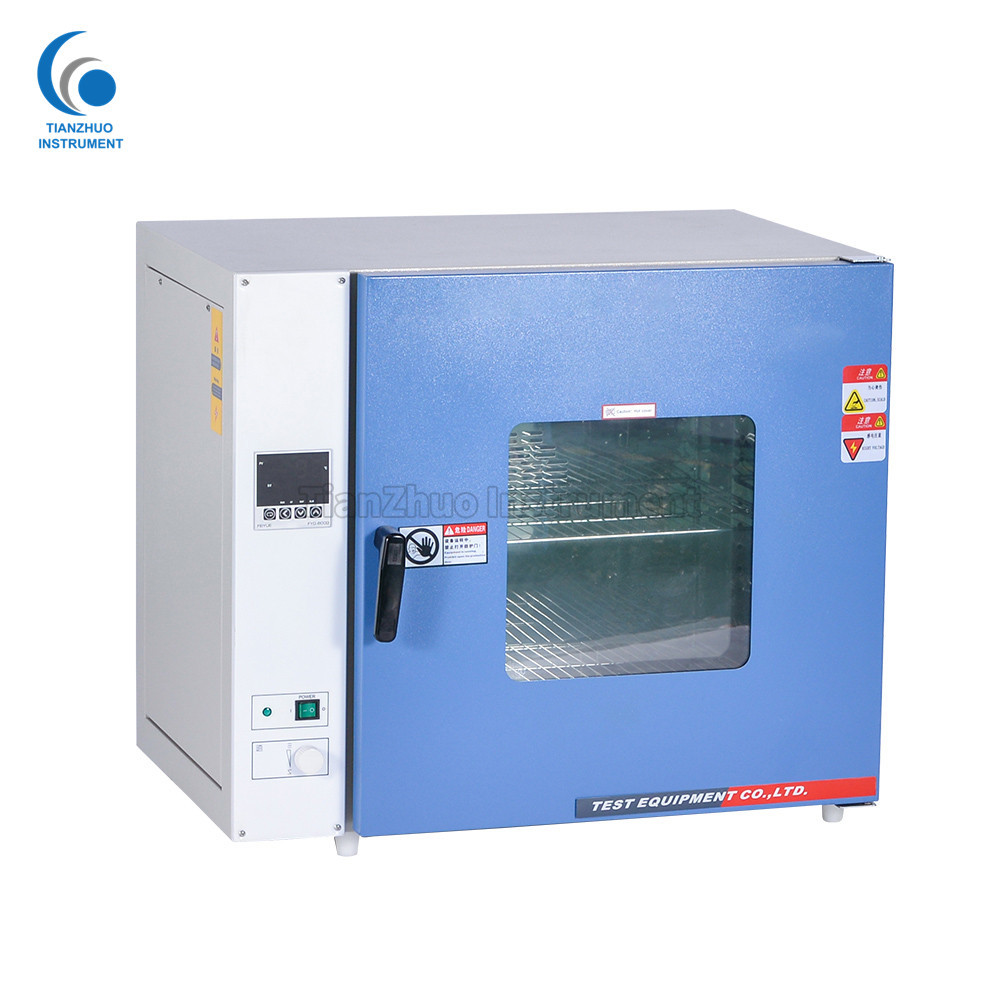
Even though flatbreads have a lower moisture content than common breads, they are still prone to spoilage due to their relatively high water activity (0.88-0.96).The most important physical qualities of flatbreads are: softness, flexibility and strength due to its use as an eating utensil.Long resting periods may negatively impact bread quality.Low-fat breads have a limited shelf-life.Other considerations when producing flatbreads: Packaging: flatbreads can be packaged in common bags, vacuum sealed or frozen depending on the end-use.īaking requirements for various flat bread recipes can be found in the following table:.Cooling: the baked flatbreads are allowed to cool down.Baking: flatbreads can be baked at various temperatures (350-550☌ / 662-1022☏) and times.Sheeting: balls of dough are formed and flattened or sheeted into a circular form.Dough may be left to proof for 1-3 h at temperatures from 20-35 ☌ (68-95☏). Fermentation: various time-temperature combinations can be used.


General flatbread commercial production process for flatbreads involves: High extraction flour-based formulations can be a good source of dietary fiber. Flatbread is a good source of B-vitamins such as thiamine, riboflavin and niacin.


 0 kommentar(er)
0 kommentar(er)
